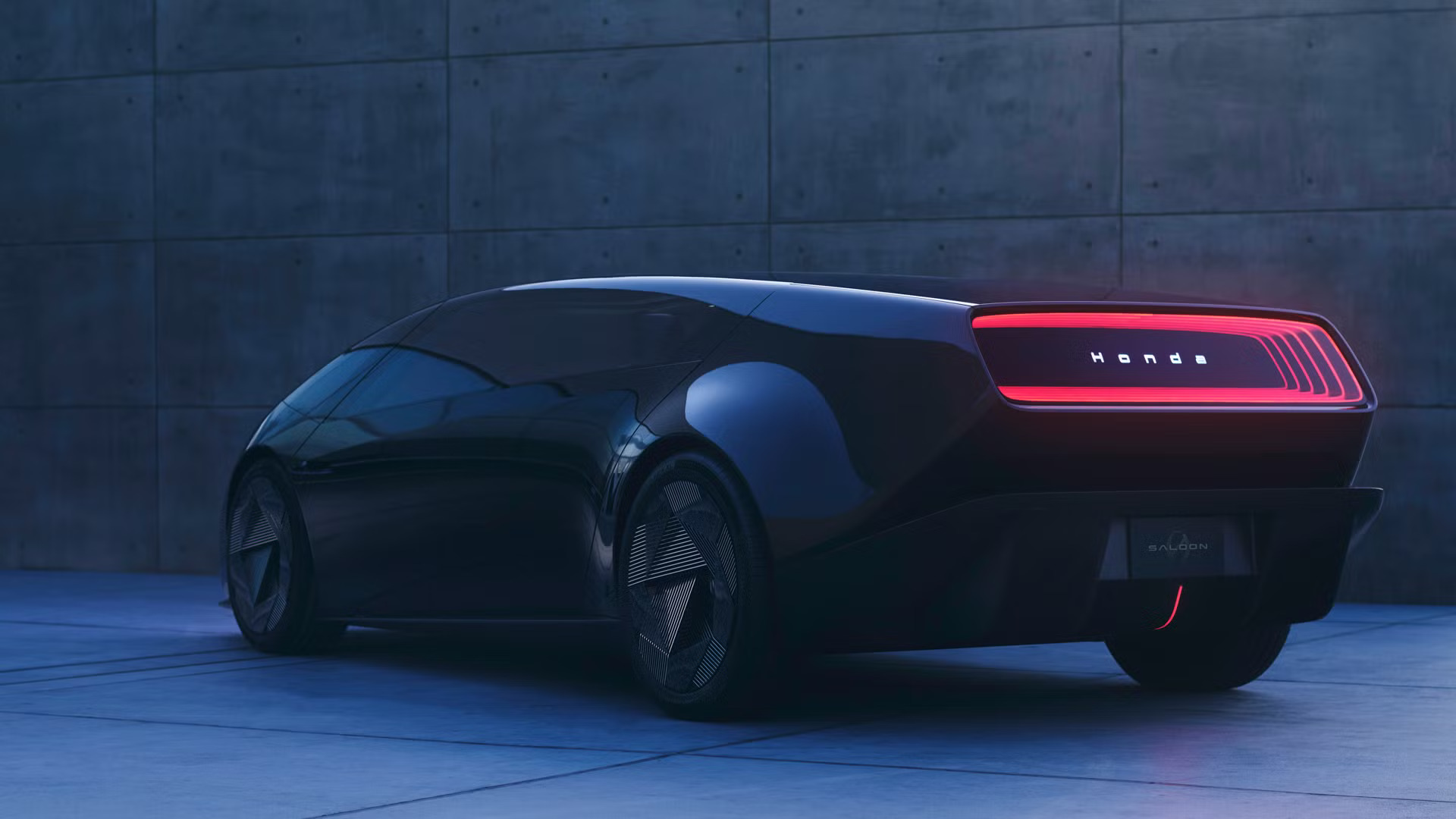Concept cars, often referred to as dream cars or prototypes, captivate automotive enthusiasts and designers with their bold ideas and futuristic features. These vehicles are not just engineering marvels; they are canvases for showcasing cutting-edge technology, daring designs, and innovative concepts that push the limits of what’s possible on four wheels.
Role of Concept Cars in Automotive Design
Concept cars rarely make it to mass production in their original form, but they play a crucial role in influencing the development of future vehicles. These prototypes offer automakers the opportunity to:
Gauge Public Reaction: By introducing bold and innovative designs, manufacturers can evaluate public interest and refine future models based on feedback.
Explore Design Directions: Concept vehicles allow designers to experiment with cutting-edge aesthetics and engineering solutions without the constraints of mass production.
Test Innovations: Advanced powertrains, new materials, and unique interior layouts are often first seen in concept cars before being incorporated into production models.
Beyond their role in testing ideas, concept cars set trends and offer a preview of the automotive industry’s direction, marking key milestones in the evolution of vehicle design.
Concept Cars and Auto Shows
Major international auto shows, such as the Detroit Auto Show, Geneva Motor Show, and Tokyo Motor Show, are the prime venues for automakers to reveal their most ambitious prototypes. These events generate buzz among industry insiders, media, and enthusiasts, fueling debates and discussions about the future of mobility.

Buick Y-Job (1938)
Considered the first real concept car, the Buick Y-Job was a pioneering design exercise that set the stage for the modern automotive industry. Introduced in 1938, this sleek, streamlined vehicle marked a radical departure from the boxy, upright designs of its time.
The Y-Job featured a low, sweeping silhouette with a concealed convertible top, fully integrated fenders, and a power-operated chassis that could be adjusted at the touch of a button. Its innovative elements, such as flush door handles, disappearing headlights, and electric windows, were decades ahead of their time.
Harley Earl, the legendary GM design chief, created the Y-Job as a testbed for new styling ideas and manufacturing techniques. It became a source of inspiration for production models and established itself as a true trailblazer in automotive design history.
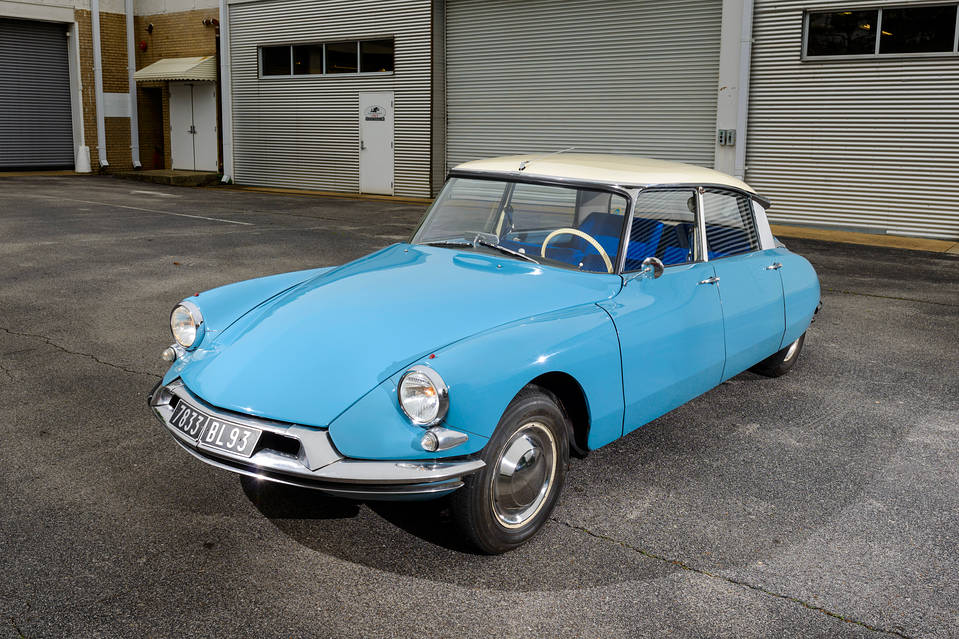
Citroën DS (1955)
The Citroën DS, introduced at the 1955 Paris Motor Show, redefined automotive design with its space-age aesthetic. Its aerodynamic body, with a sleek, low-slung profile and integrated fenders, stood out as revolutionary compared to the boxy cars of the era.
The DS’s groundbreaking hydropneumatic self-leveling suspension system provided unparalleled ride comfort. Inside, its futuristic single-spoke steering wheel and curved dashboard showcased Citroën’s innovative approach to ergonomics. Its combination of advanced engineering and avant-garde design secured its place as an automotive icon.
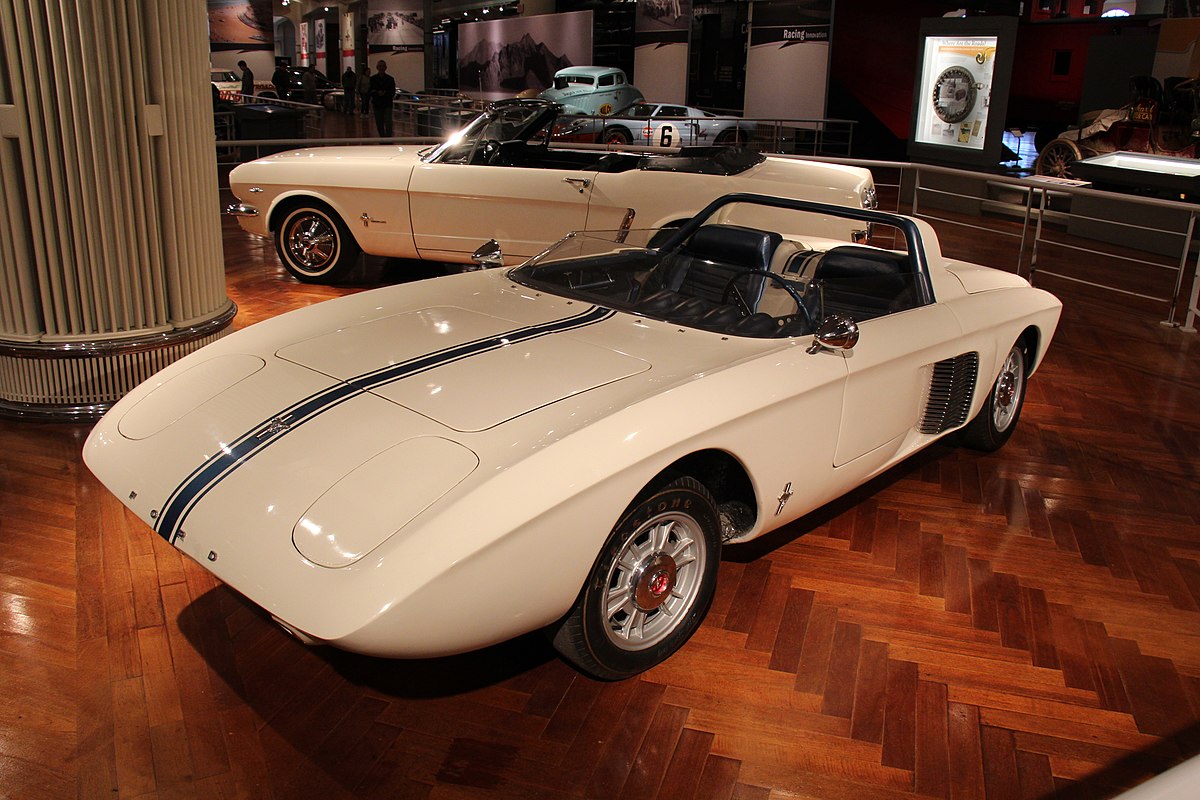
Ford Mustang I (1962)
The Ford Mustang I concept car debuted at the 1962 Detroit Auto Show, paving the way for the “pony car” segment and serving as the direct inspiration for the iconic 1964.5 Ford Mustang production model.
This sporty two-seater featured an aerodynamic profile, triple taillight design, and the galloping horse badge, which became emblematic of the Mustang brand. Its design made compact, sporty cars accessible, igniting a revolution in automotive culture.
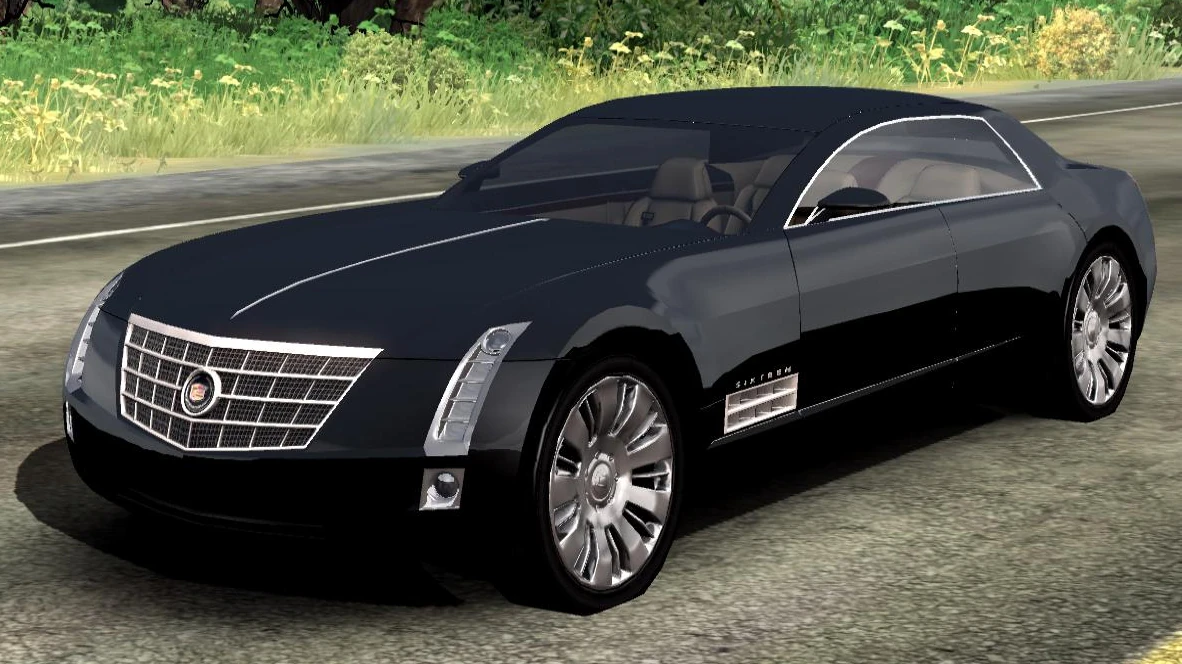
Cadillac Sixteen (2003)
The Cadillac Sixteen, presented at the 2003 Detroit Auto Show, showcased Cadillac’s design ambitions and the rebirth of the brand’s Art and Science styling language. This massive luxury car featured sharp lines and a striking presence that influenced future Cadillac models.
The Sixteen combined bold vertical headlights, taillights, and an imposing stance, which captured attention and signaled a new design era for Cadillac, helping to reinvigorate its appeal to a younger audience.
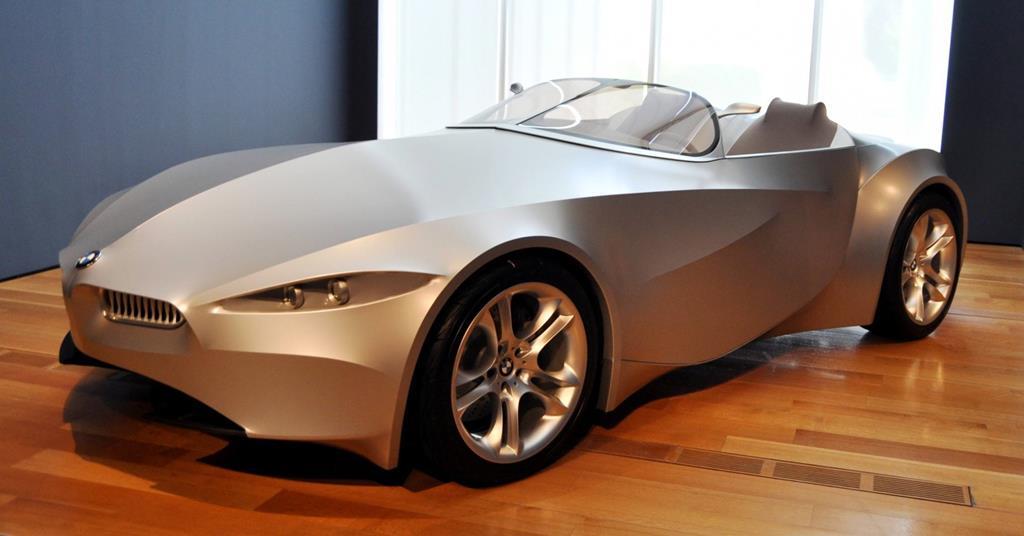
BMW GINA (2008)
The BMW GINA (Geometry and Functions in ‘N’ Adaptations) concept, shown in 2008, reimagined what a car could be. Its flexible fabric “skin” allowed it to shift its shape dynamically, breaking the mold of traditional automotive design.
The GINA concept explored how adaptable materials and innovative engineering could reshape the driving experience, demonstrating BMW’s forward-thinking approach to vehicle development.
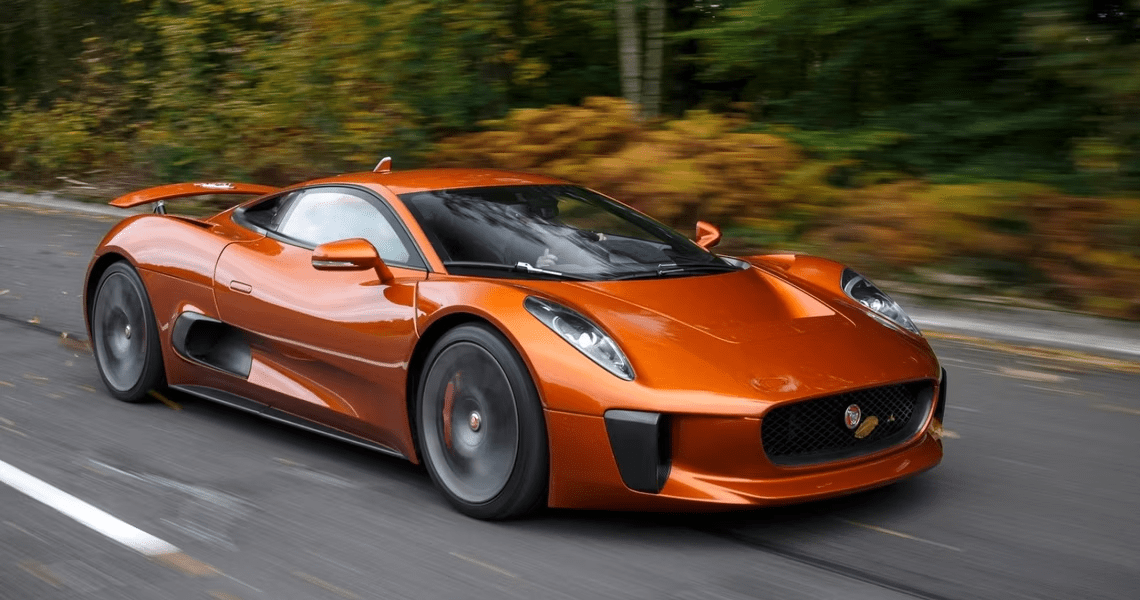
Jaguar C-X75 (2010)
The Jaguar C-X75, presented at the 2010 Paris Motor Show, redefined expectations for hybrid supercars. It featured a hybrid powertrain combining a turbocharged engine with electric motors, delivering exceptional performance while maintaining efficiency.
This car also highlighted Jaguar’s commitment to blending sustainability with luxury and performance. Though it never reached production, it served as a bold step forward in exploring the future of electrification in high-performance vehicles.
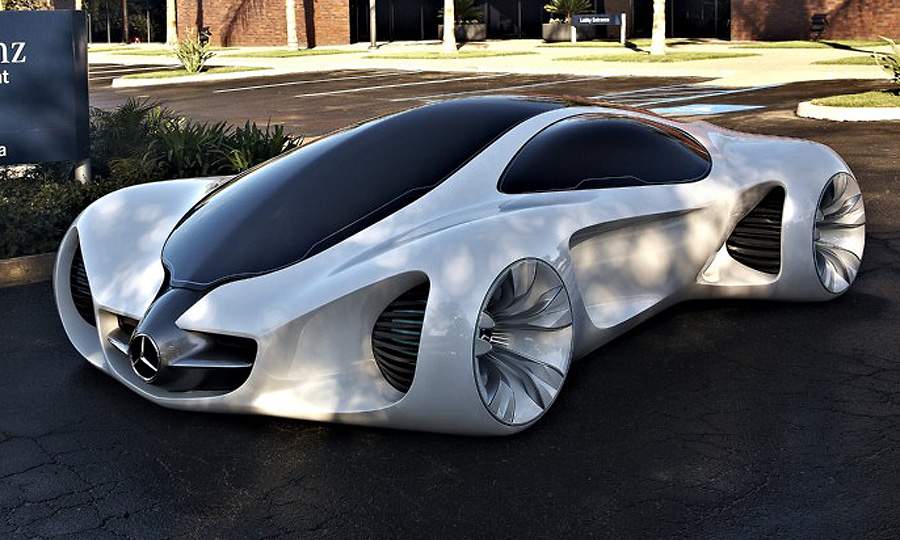
Mercedes-Benz BIOME (2010)
The Mercedes-Benz BIOME concept car explored the potential of renewable materials in automotive design. It envisioned a car grown from biological components, representing a new level of sustainability.
The BIOME’s organic design and use of eco-friendly technologies pushed the boundaries of what environmentally conscious vehicles could look like in a futuristic scenario.
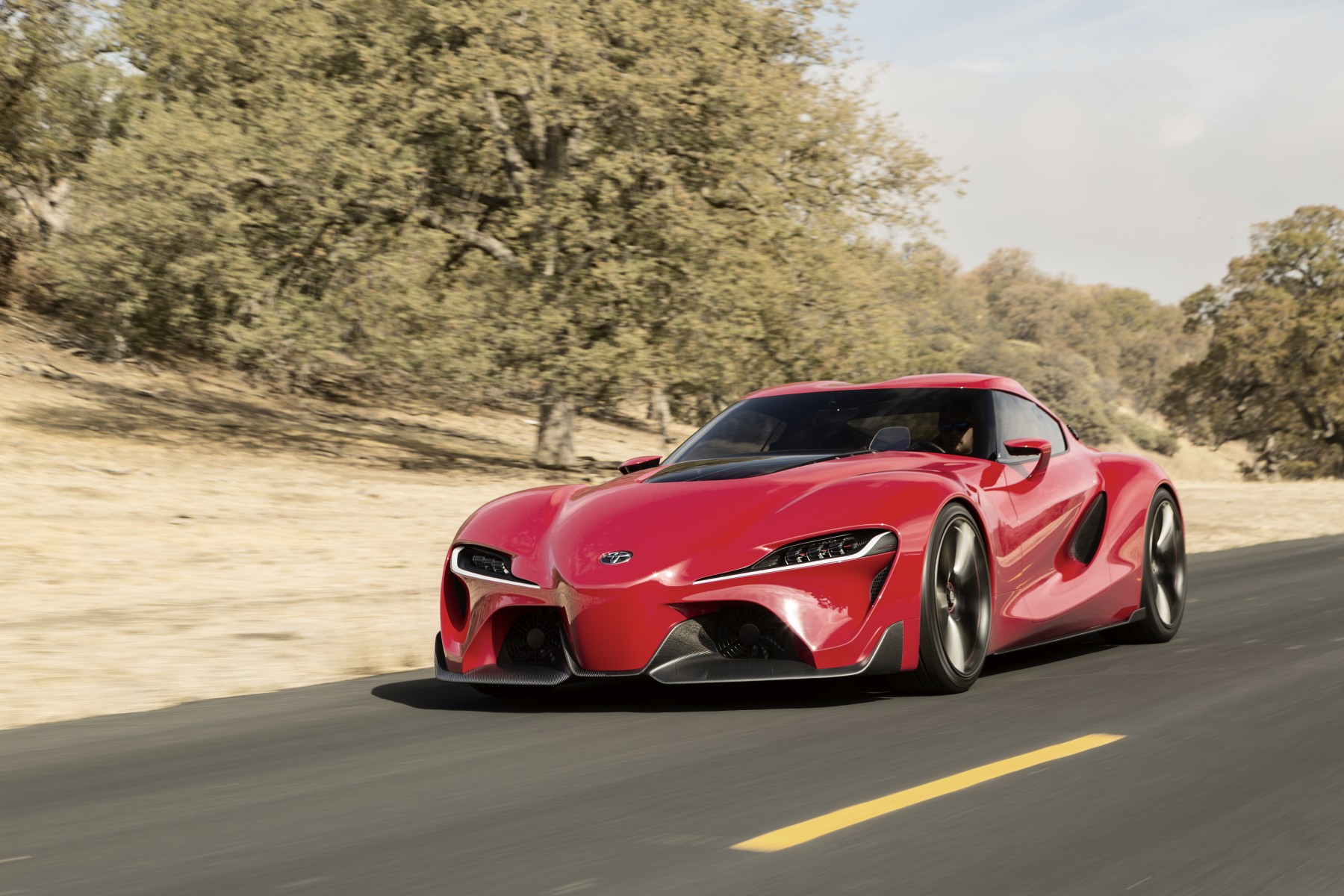
Toyota FT-1 (2014)
The Toyota FT-1 sports car concept was a dramatic reimagining of Toyota’s performance heritage. Its aggressive design and low, wide stance strongly referenced the iconic Toyota Supra.
The FT-1’s influence became clear with the fifth-generation Supra, proving how design concepts can evolve into iconic production vehicles.
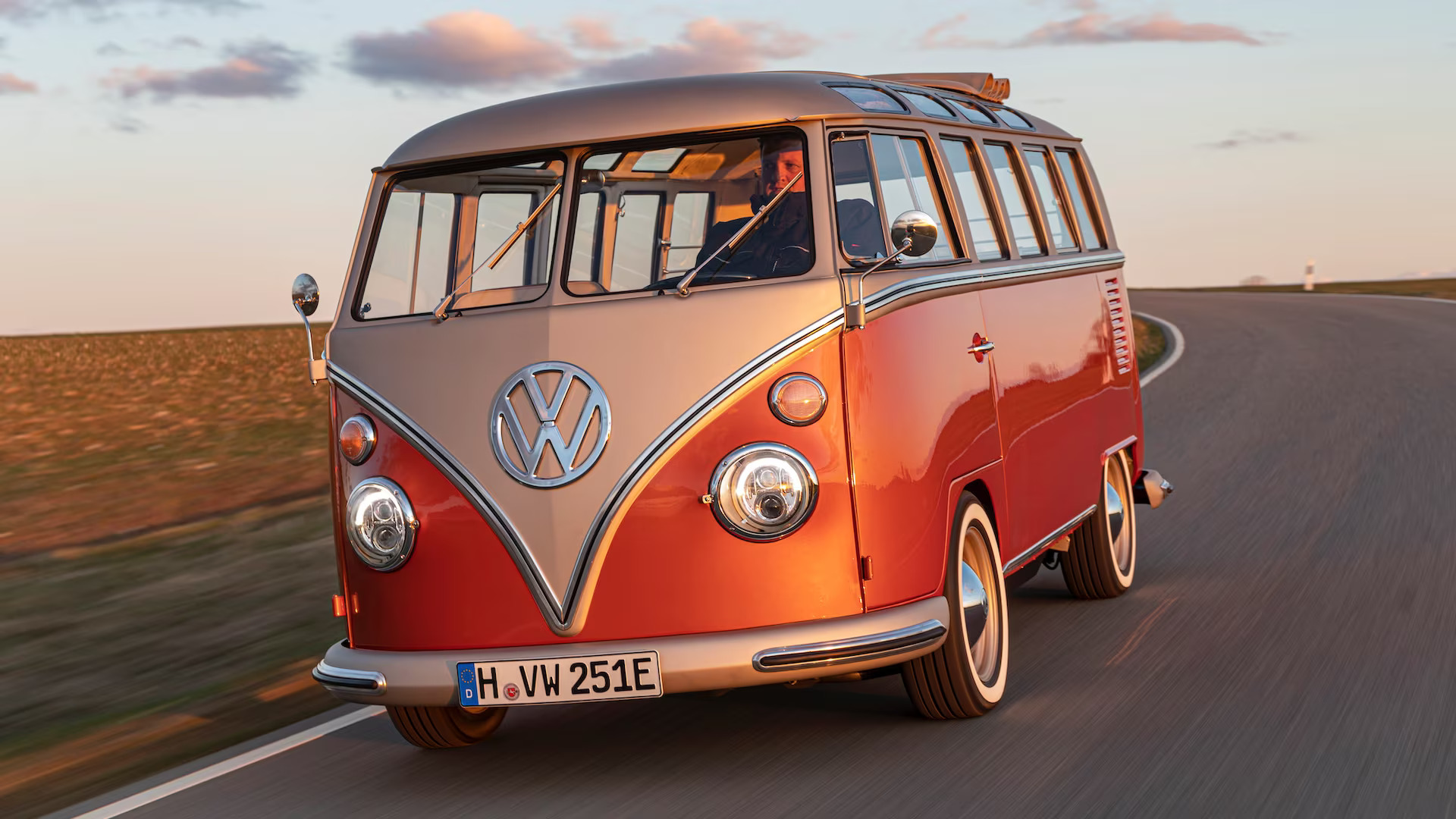
Volkswagen Microbus/Bulli
The Volkswagen Microbus/Bulli concept drew inspiration from the classic VW Bus while incorporating contemporary styling and technology. Its clean, minimalist design and comfortable lounge-like interior combined retro charm with modern sensibilities.
Although it never entered production, its design ideas were carried forward into the Volkswagen ID. Buzz, is an electric reinterpretation of the beloved original.
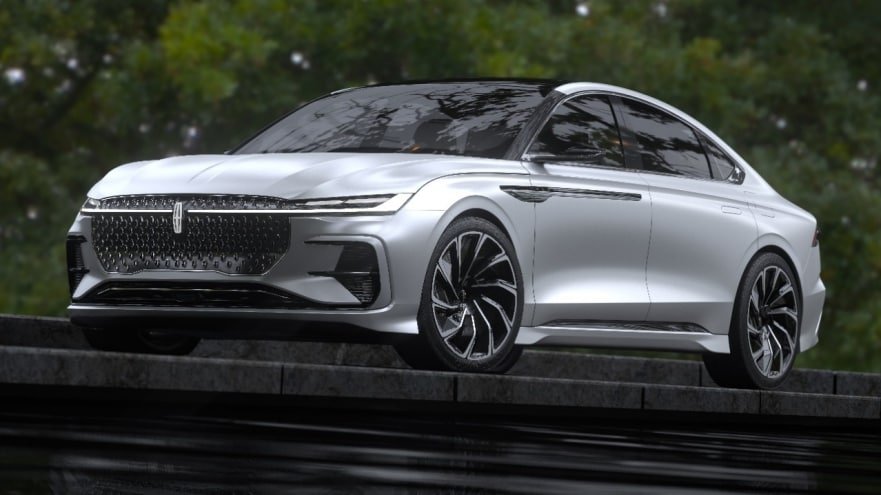
Lincoln Zephyr Reflection (2005)
The Lincoln Zephyr Reflection introduced at the 2005 New York Auto Show represented a fresh direction for Lincoln. Its modern styling and emphasis on minimalist luxury provided a blueprint for the brand’s revitalization.
Enduring Icons of Design
Certain concept cars transcend their time, becoming enduring icons that influence automotive design for decades:
Citroën DS: Its seamless blend of futuristic aesthetics and groundbreaking engineering set a standard for elegance and innovation.
BMW GINA: By challenging rigid design norms with its adaptable fabric skin, it showcased a visionary approach to automotive form and function.
These models remain timeless examples of how concept cars can redefine the automotive world.
Influence on Production Models
Concept cars often introduce features that later appear in production vehicles:
Design Language: The Cadillac Sixteen’s sharp lines influenced Cadillac’s modern aesthetics.
Reviving Nostalgia: Concepts like the Volkswagen Microbus and Toyota FT-1 brought back iconic nameplates with a modern twist.
Technological Advances: The hybrid system of the Jaguar C-X75 previewed the electrification wave in high-performance vehicles.
Modern concept cars face challenges in bridging innovation and production feasibility. Automakers now use tools like virtual reality to develop and present prototypes, reducing costs while expanding creative possibilities. Despite the hurdles, concept cars continue to drive innovation and captivate imaginations, ensuring their place at the forefront of automotive evolution.

